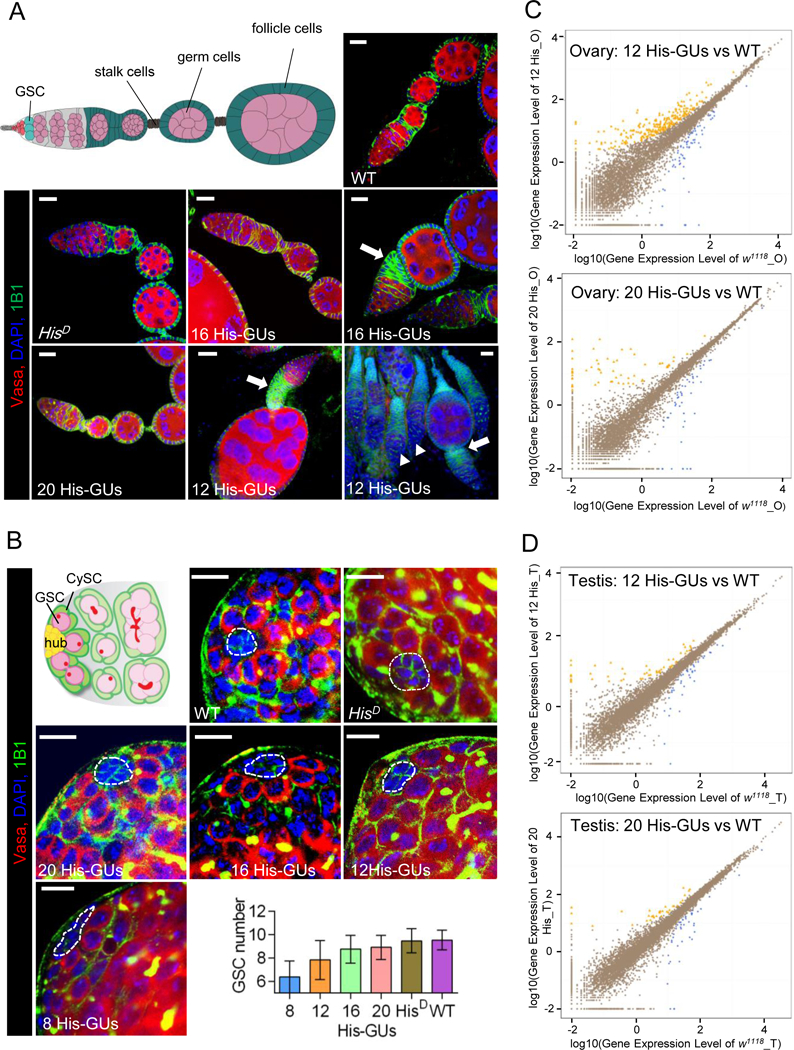Figure 3. Low histone dosage affects testis and ovary development.

(A) Low copy numbers of histone gene units (His-GUs) caused severe budding defect in egg-chamber development. Illustration (top left) of a wild-type (WT) Drosophila germarium and egg chamber. Germline stem cells (GSCs; dark red) reside in a germline niche and divide asymmetrically and form cystoblasts, which develop into 16-cell cysts surrounded by follicle cells (green). The cyst cells then bud from the germarium as individual egg chambers. As the egg chambers continue to grow, they move further to the posterior and form a chain of egg chambers connected by stalk cells (blue). Confocal images of ovaries from adult flies carrying different copy numbers of His-GUs stained with anti-Vasa (red), DAPI (blue), anti-1B1 (green). Scale bar, 20 µm. The majority of ovaries in flies with 12 His-GUs had severe budding problems and did not have mid-stage egg chambers (solid arrow head).
(B) Low copy numbers of His-GUs caused GSC loss in the testis. Illustration of WT Drosophila testis (top left). Non-dividing hub cells (yellow) are surrounded by GSCs (dark red) and cyst stem cells (CySCs, dark green). GSCs with round fusome (red) divide asymmetrically and produce differentiated spermatogonia (green) with branched fusome. Low copy number (≤12 His-GUs) testes have fewer GSCs (P-value <0.00005). Testes from adult flies with different copy numbers of His-GUs were stained with anti-Vasa (red), DAPI (blue), anti-1B1 (green). Scale bar: 10 µm. The GSC number of testes was counted and results are means ± SEM (bottom right).
(C, D) Transcriptome comparison of ovaries (C) and testes (D) in flies with 12 or 20 His-GUs and WT (w1118). The scatter plots (yellow or blue) indicate differentially expressed genes. The RNA-seq experiments were performed with two biological replicates.
See also Figure S3.
